The Caribbean offers images of beautiful beaches, sparkling oceans, and waving palm trees. Although the Bahamas, Barbados, and Jamaica rightfully draw millions of tourists each year, the area is home to many lesser-known islands that provide equally breathtaking experiences without the crowds and exorbitant costs. These undiscovered treasures provide genuine Caribbean culture, natural splendor, and the kind of peaceful relaxation that is becoming more and more scarce in our globalized society.
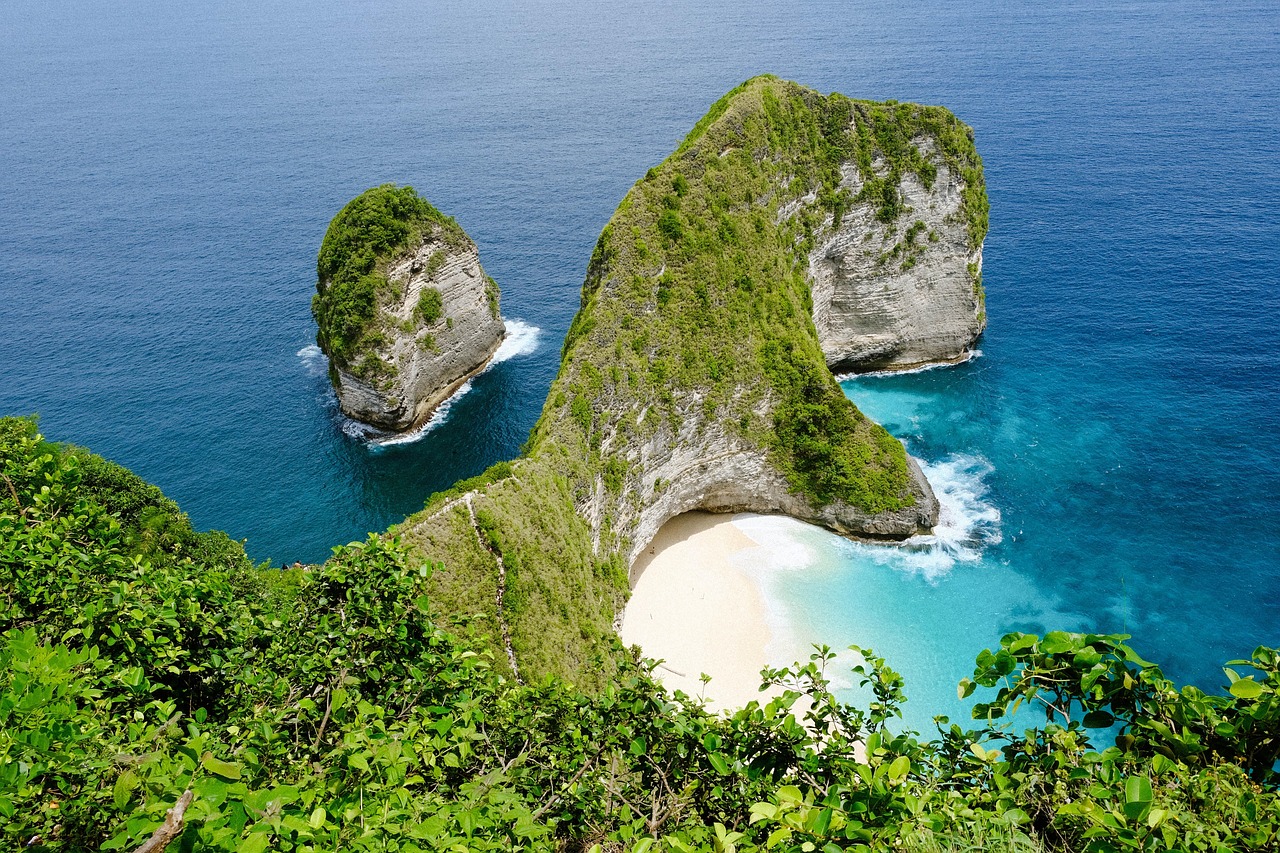
Why Choose Lesser-Known Caribbean Islands?
It is important to comprehend why these underappreciated islands merit your attention before getting into particular locations. Tourism that is excessive frequently plagues well-known Caribbean locations, resulting in congested beaches, hyped experiences, and costs that are more in line with their popularity than their worth. Conversely, lesser-known islands provide:
Genuine Cultural Encounters: These islands preserve their original way of life without the façade of mass tourism. You will experience genuine local friendliness, family-style cooking instead of resort chains, and cultural customs that have not been sanitized for the benefit of tourists.
Pristine Natural Environments:
Many of these islands have escaped the environmental pressures that come with massive development. Their coral reefs remain vibrant, their beaches unspoiled, and their wildlife undisturbed. This creates opportunities for exceptional snorkeling, diving, and wildlife watching.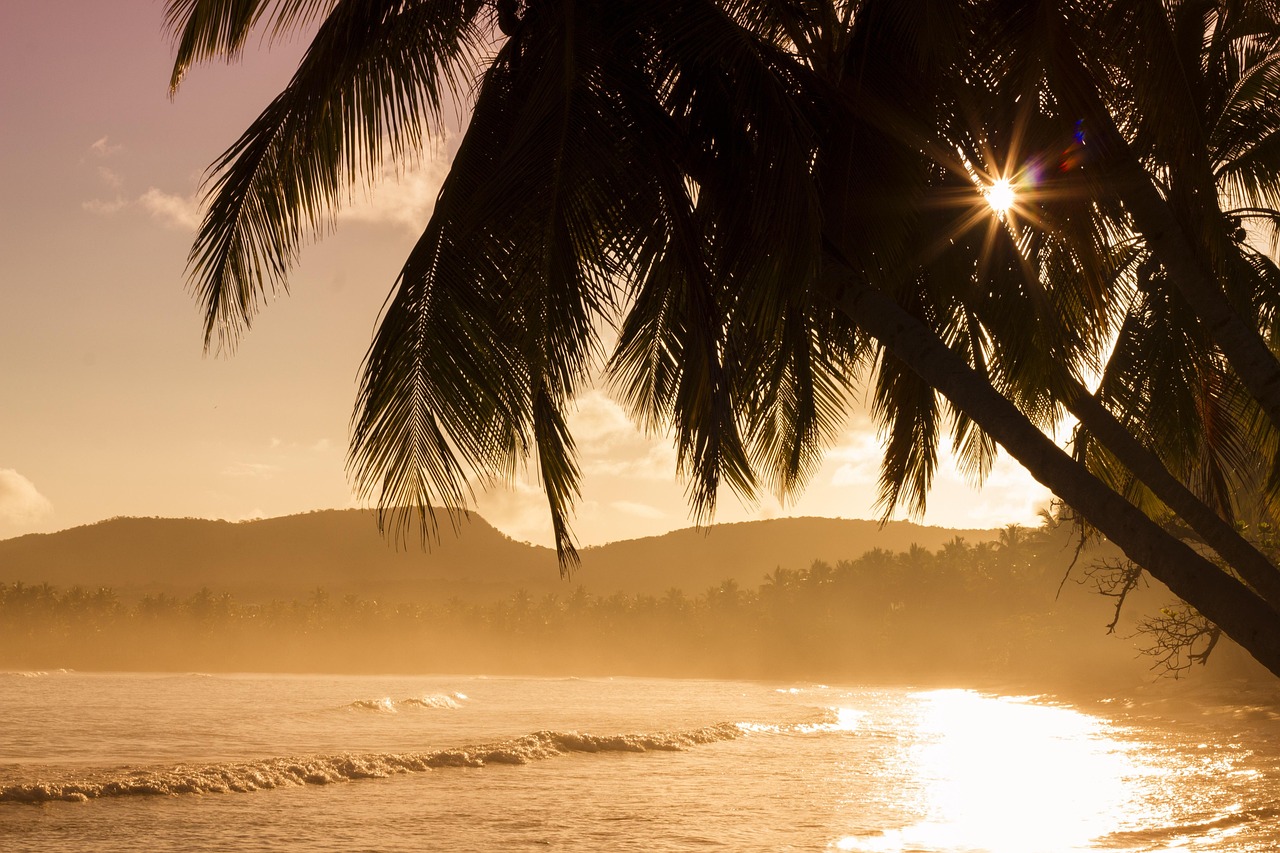
Better Value for Money:
Your cash stretches further on these islands. Accommodations, dining, and activities typically cost significantly less than their counterparts on famous islands, allowing you to enjoy a more luxurious experience within your budget.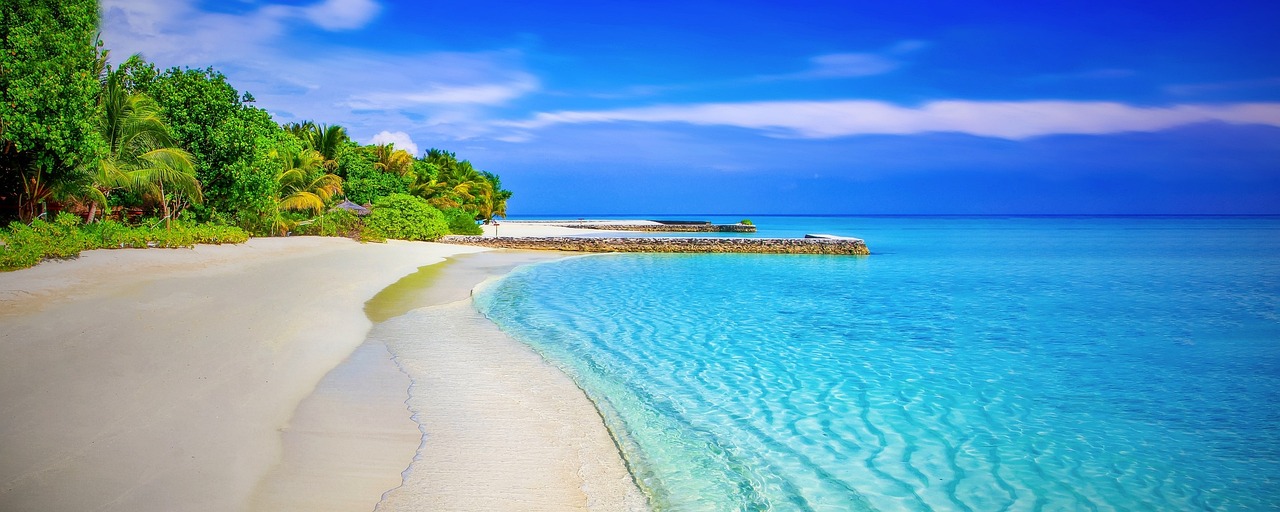
Peaceful Atmosphere:
If you’re seeking relaxation and escape from the hustle of daily life, these quieter destinations provide the perfect antidote to stress. The pace of life is slower, the beaches less crowded, and the overall atmosphere more conducive to genuine rest and rejuvenation.
Saba: The Unspoiled Queen
Saba, a tiny Dutch municipality in the Leeward Islands, epitomizes the concept of a hidden gem. This five-square-mile volcanic island rises dramatically from the sea, creating one of the most unique landscapes in the Caribbean. What Saba lacks in beaches there are no traditional sandy shores it more than compensates for with world-class diving, hiking, and an incredibly welcoming community.
The island’s underwater world is its crown jewel. Saba Marine Park protects pristine coral reefs that divers consistently rank among the world’s best. The waters surrounding Saba teem with marine life: sea turtles glide gracefully through the currents, schools of tropical fish create living kaleidoscopes, and larger pelagic species like sharks and rays make regular appearances. The visibility often exceeds 100 feet, making every dive a crystal-clear adventure.
Above water, Saba offers hiking experiences that rival any tropical destination. The island’s highest point, Mount Scenery, can be reached through well maintained trails that wind through cloud forests filled with exotic plants and birds. The Ladder, a stone stairway carved into the cliff face by hand in the 1600s, provides both a hiking challenge and a glimpse into the island’s history. 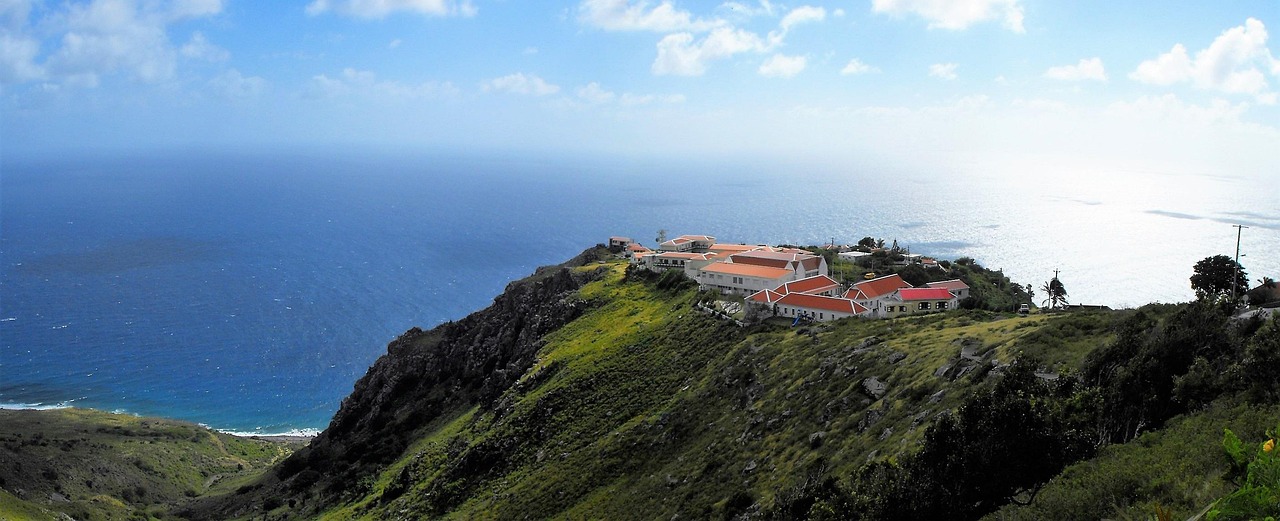
Saba’s culture reflects its unique position as a Dutch territory with Caribbean soul. The island’s 2,000 residents maintain traditions of lacemaking, boat building, and storytelling that date back generations. The architecture blends Dutch colonial influences with Caribbean practicality, creating charming villages that seem frozen in time.
For accommodations, Saba offers intimate eco-lodges and small hotels that prioritize sustainability and personal service over luxury amenities. The island’s restaurants serve fresh seafood and Caribbean specialties, often prepared by cooks who learned their recipes from their grandmothers.
Dominica: The Nature’s Island
Dominica, not to be confused with the Dominican Republic, calls itself “Nature’s Island” with good reason. This mountainous island between Guadeloupe and Martinique offers some of the Caribbean’s most spectacular natural attractions, from boiling lakes to pristine rainforests, yet receives a fraction of the visitors that flock to other islands.
The island’s volcanic origins created a landscape unlike anywhere else in the Caribbean. Nine active volcanoes shape the terrain, creating hot springs, sulfur springs, and the world’s second-largest hot water lake. The Boiling Lake, accessible via a challenging six-hour hike, maintains temperatures near boiling point year-round, creating an otherworldly experience for adventurous visitors.
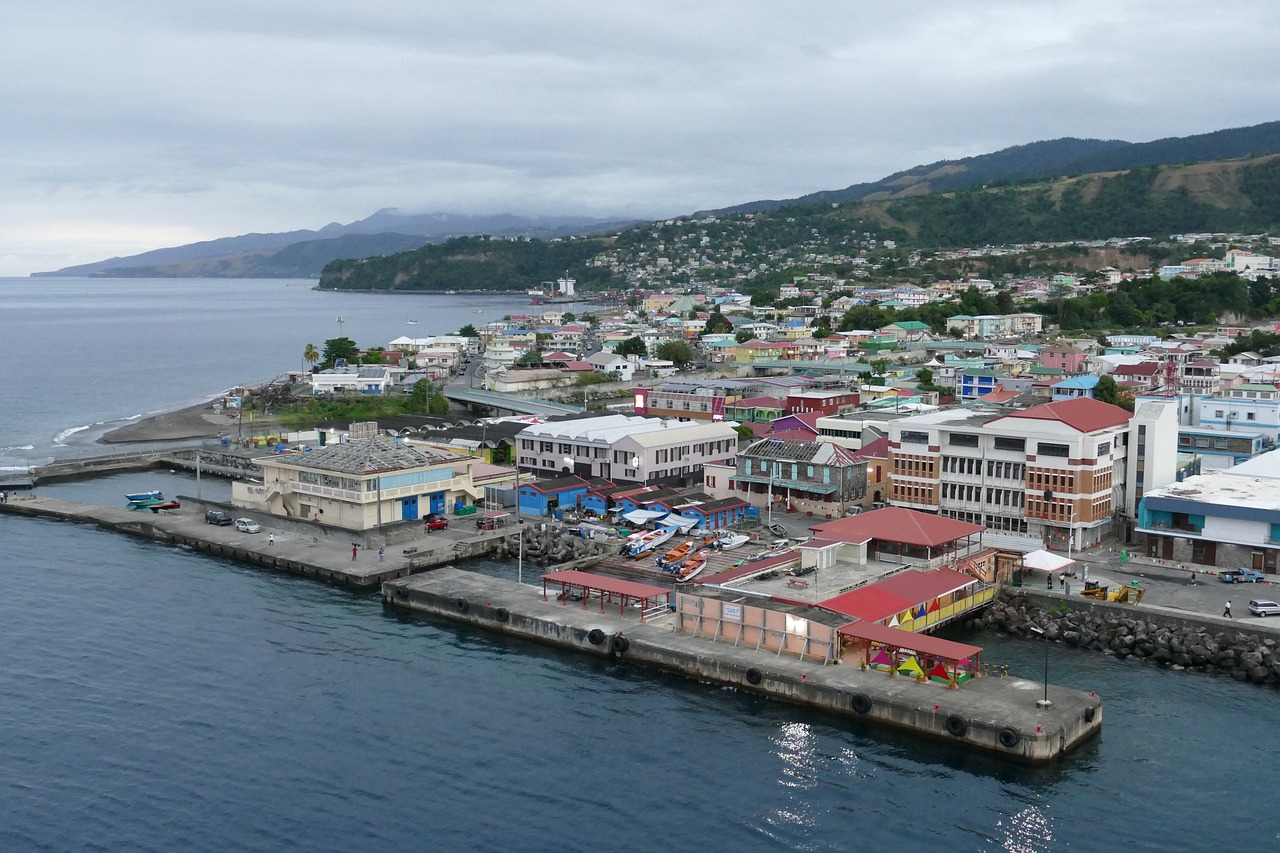
Dominica’s rainforests cover 80% of the island and harbor incredible biodiversity. The Morne Trois Pitons World Heritage Site protects ancient forests where giant ferns unfurl like umbrellas, rare orchids bloom in hidden grottos, and over 170 bird species make their homes. The island serves as the last refuge for several endangered species, including the Sisserou parrot, found nowhere else on Earth.
Whale watching in Dominica offers encounters with sperm whales, pilot whales, and dolphins in their natural habitat. The deep waters off the island’s west coast provide year-round opportunities to observe these magnificent creatures, with success rates approaching 95% during peak seasons.
The island’s rivers create numerous waterfalls, each with its own character and swimming opportunities. Trafalgar Falls offers twin cascades that can be reached via a moderate hike, while Middleham Falls requires more effort but rewards visitors with a spectacular 200-foot plunge into a emerald pool.
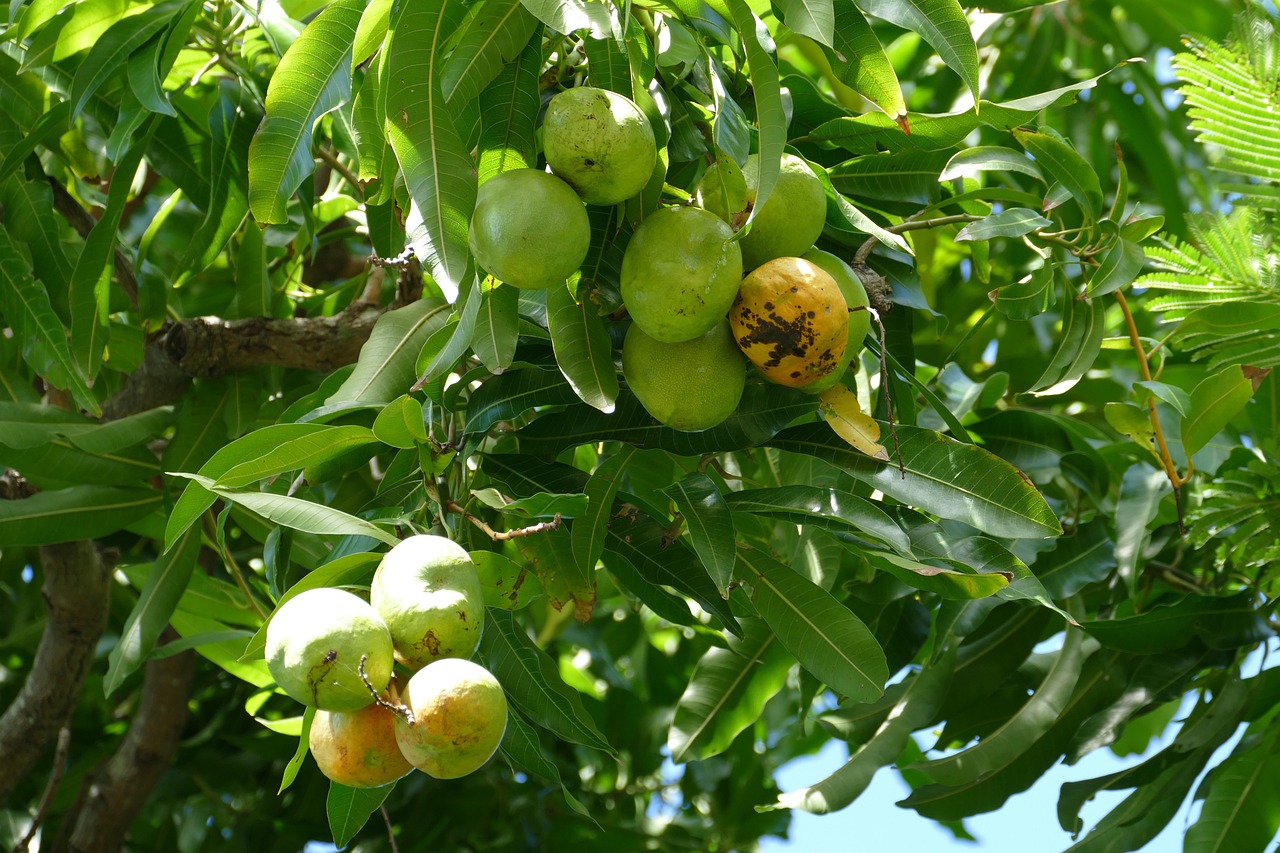
Dominica’s cultural heritage reflects its position between French and British colonial influences, with Creole traditions that manifest in language, music, and cuisine. Local festivals celebrate everything from harvest seasons to independence, providing visitors with opportunities to experience authentic Caribbean culture.
Tourism infrastructure in Dominica remains refreshingly undeveloped. Small eco-lodges and guesthouses provide comfortable accommodations without overwhelming the natural environment. Local guides offer expertise in hiking, whale watching, and cultural experiences, ensuring that tourism benefits local communities directly.
Bequia: Sailors’ Paradise
Bequia, the largest island in the Grenadine chain, represents the Caribbean as it once was throughout the region. This seven-square-mile island maintains a laid-back atmosphere where sailing boats outnumber cars, beaches remain uncommercialized, and visitors are welcomed as friends rather than customers. 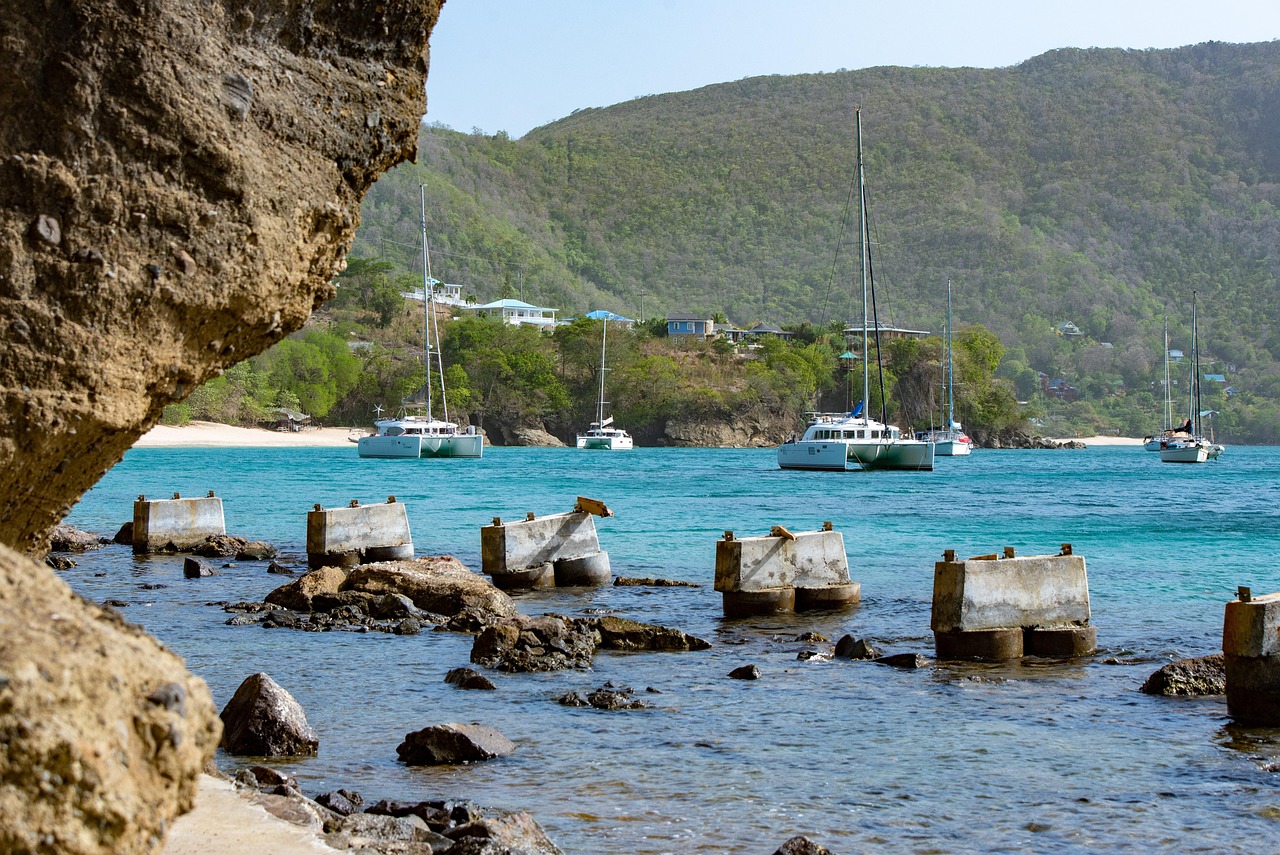
The island’s sailing culture runs deep, with boat building traditions that span generations. Local craftsmen still construct traditional fishing boats and racing sloops using techniques passed down through families. The annual Easter Regatta brings together sailors from throughout the Caribbean for races that showcase both traditional and modern sailing craft.
Bequia’s beaches offer variety without crowds. Princess Margaret Beach on the southwest coast provides calm waters perfect for swimming and snorkeling, while industry Bay offers more seclusion and opportunities to spot sea turtles. Lower Bay combines beach relaxation with beachside dining at local restaurants that serve fresh seafood and cold drinks with your toes in the sand.
The island’s main town, Port Elizabeth, wraps around Admiralty Bay in a crescent of colorful buildings housing shops, restaurants, and guesthouses. The harbor fills with sailing yachts, fishing boats, and day-trippers, creating a constantly changing tableau of maritime activity. Local artisans sell handcrafted items including model boats, jewelry, and textiles that reflect the island’s maritime heritage.
Bequia’s commitment to conservation shows in its protection of sea turtle nesting sites and its sustainable fishing practices. The island balances tourism development with environmental protection, ensuring that future generations will inherit the same natural beauty that attracts visitors today. 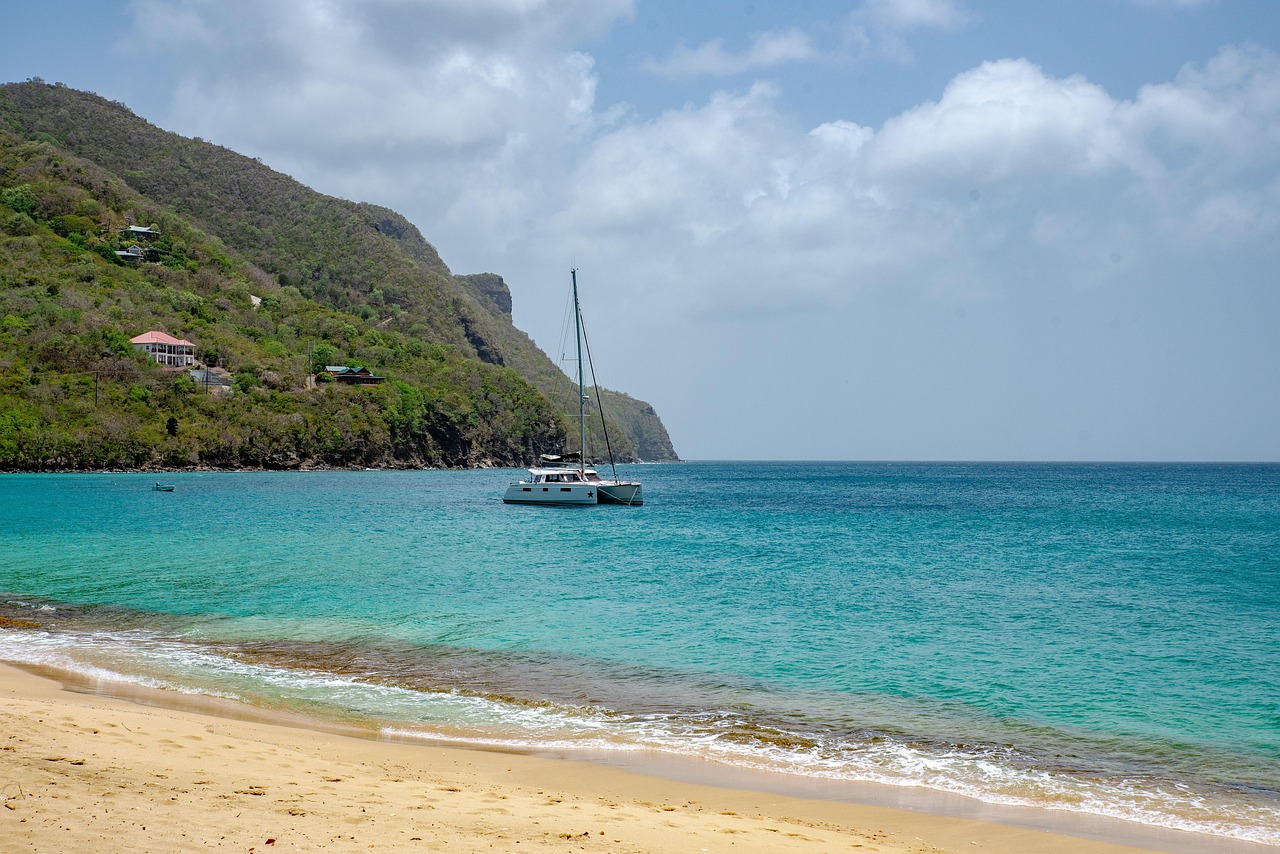
Accommodations range from luxury villas with private beaches to charming guesthouses in the heart of Port Elizabeth. Many properties are locally owned and operated, ensuring that tourism benefits the island’s residents directly. Restaurants emphasize fresh, local ingredients and traditional cooking methods, providing authentic tastes of Caribbean cuisine.
Carriacou: Spice Island Charm
Carriacou, part of Grenada but maintaining its own distinct identity, offers visitors a taste of traditional Caribbean life largely unchanged by modern tourism pressures. This 13-square-mile island balances pristine natural beauty with rich cultural traditions, creating an authentic Caribbean experience that’s becoming increasingly rare.
The island’s boat-building tradition represents one of the Caribbean’s most authentic cultural practices. Local craftsmen construct traditional sloops using techniques unchanged for generations, with each boat representing months of skilled labor and artistic expression. The annual Carriacou Regatta celebrates this tradition with races, cultural performances, and community festivities that bring together residents and visitors in genuine Caribbean hospitality.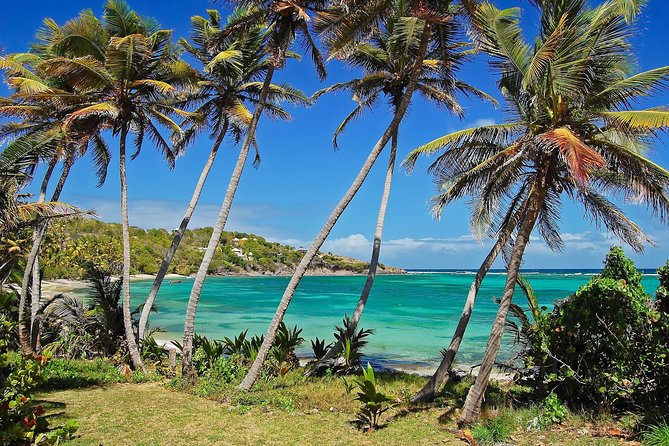
Carriacou’s beaches rival any in the Caribbean for beauty while offering the advantage of space and tranquility. Paradise Beach lives up to its name with white sand, clear water, and minimal development. Anse La Roche provides excellent snorkeling opportunities among coral reefs that teem with tropical fish. Sandy Island, accessible by boat, offers the ultimate desert island experience with nothing but sand, sea, and sky.
The island’s cultural calendar reflects deep-rooted traditions that blend African, European, and indigenous influences. Big Drum ceremonies honor ancestors through music, dance, and storytelling that connect present-day residents with their heritage. Maroon festivals celebrate freedom with performances that have remained essentially unchanged for centuries.
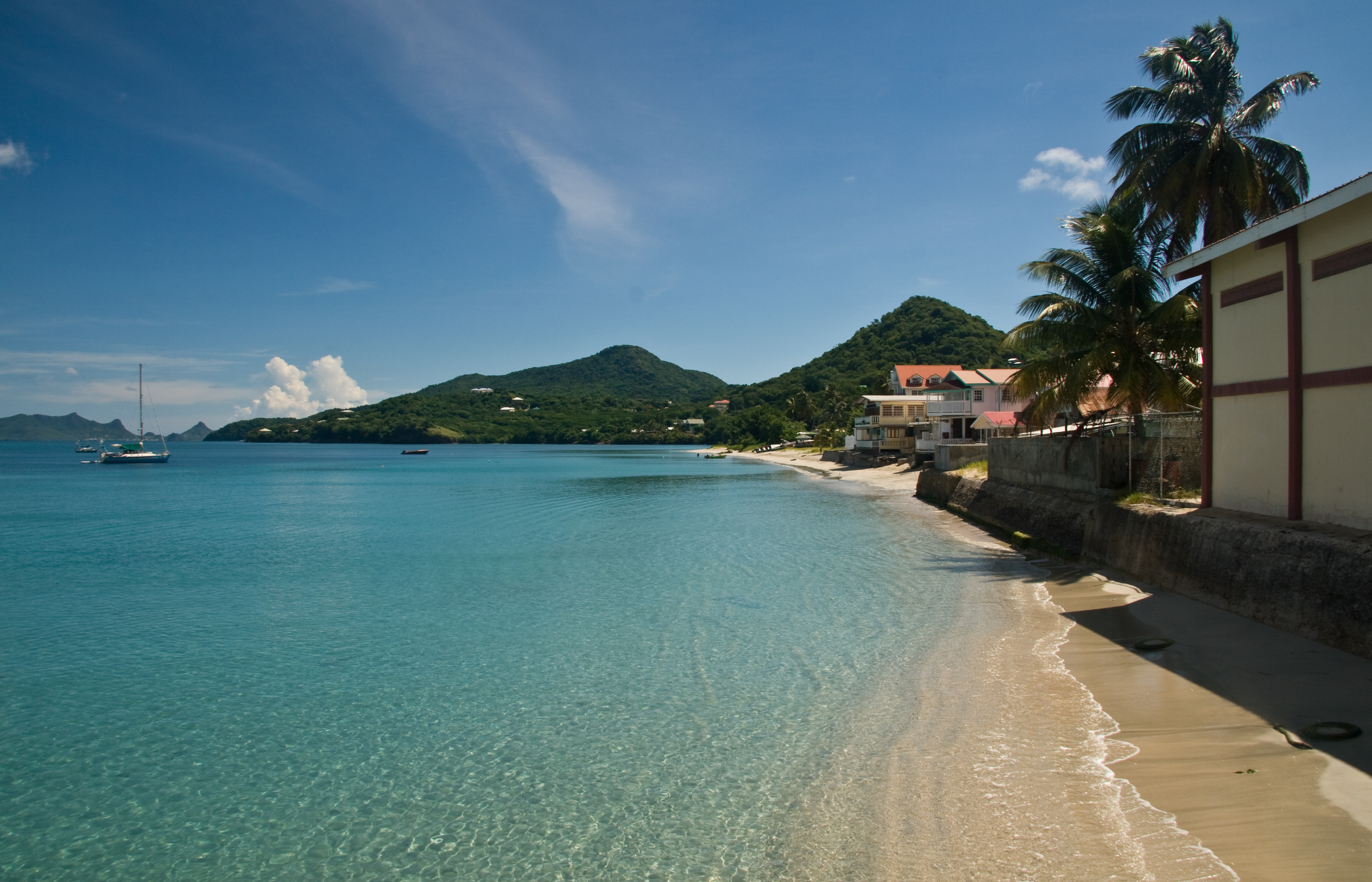
Agriculture remains important to Carriacou’s economy and identity, with small farms producing spices, fruits, and vegetables for local consumption and export. Visitors can tour spice gardens where nutmeg, cinnamon, and other aromatic crops grow alongside tropical fruits. Local markets offer opportunities to purchase fresh produce and spices directly from farmers.
Accommodations in Carriacou emphasize personal service and local ownership. Small hotels and guesthouses provide comfortable lodging without overwhelming the island’s infrastructure or character. Restaurants serve traditional Caribbean dishes prepared with local ingredients and family recipes, offering authentic tastes that reflect the island’s cultural heritage.
Culebra, Puerto Rico: Flamenco Beach and Beyond
While Puerto Rico attracts millions of visitors annually, the small island of Culebra off its eastern coast remains relatively unknown to mainstream tourism. This 10-square-mile island offers some of the Caribbean’s most beautiful beaches, excellent snorkeling and diving, and a relaxed atmosphere that contrasts sharply with busier Puerto Rican destinations.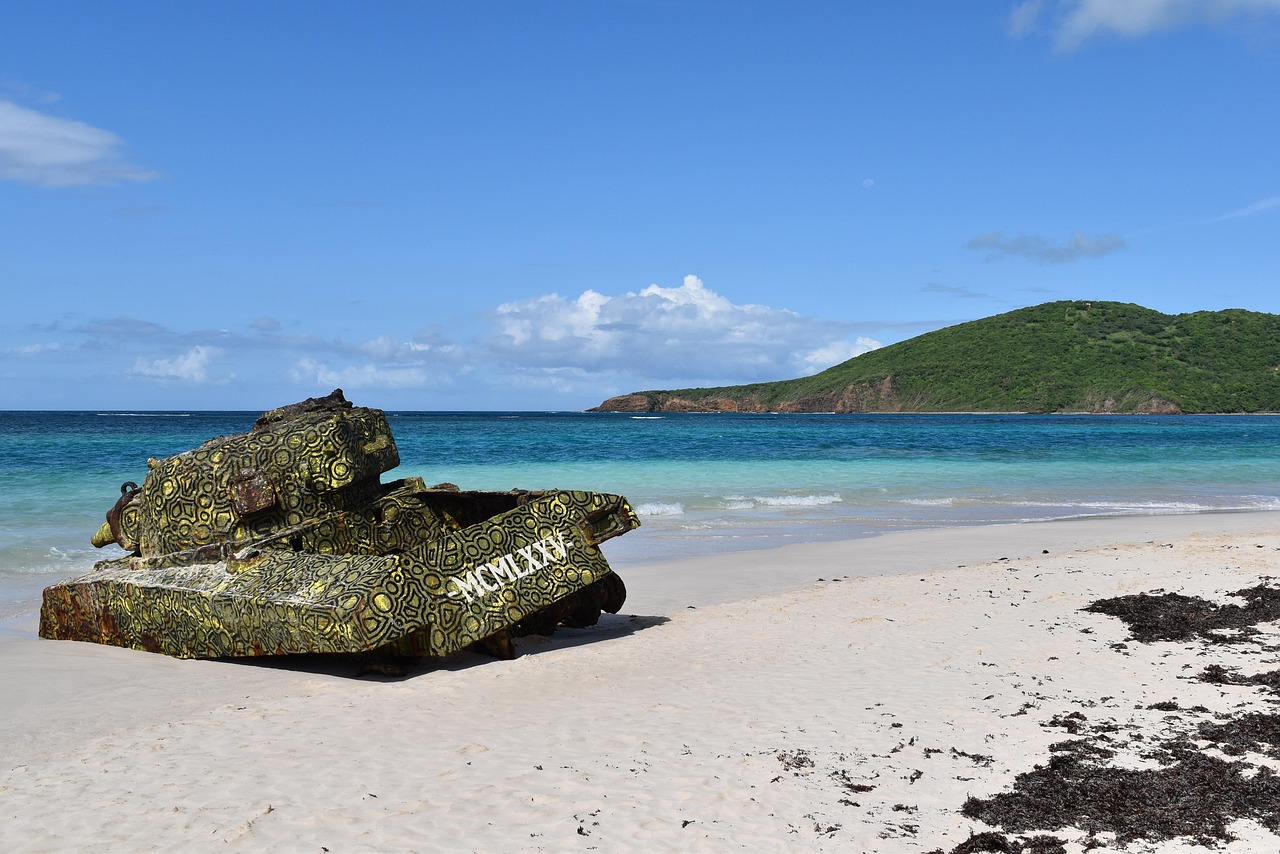
Flamenco Beach consistently ranks among the world’s most beautiful beaches, and a visit confirms why. The horseshoe-shaped bay features brilliant white sand that stays cool underfoot even in midday sun, water in every shade of blue imaginable, and a backdrop of rolling hills covered in tropical vegetation. Despite its fame, the beach rarely feels crowded, especially during weekdays.
Beyond Flamenco Beach, Culebra offers numerous other beaches, each with its own character. Zoni Beach provides excellent snorkeling opportunities among coral reefs that support diverse marine life. Carlos Rosario Beach requires a short hike but rewards visitors with exceptional snorkeling and fewer crowds. Playa Brava offers surfing opportunities and dramatic views of breaking waves against rocky shores.
The Culebra National Wildlife Refuge protects much of the island, ensuring that development remains limited and wildlife habitats stay intact. Sea turtles’ nest on several beaches, with organized tours offering opportunities to witness this remarkable natural phenomenon. The refuge also protects important bird habitats, making Culebra a destination for birdwatchers seeking both common and rare species. 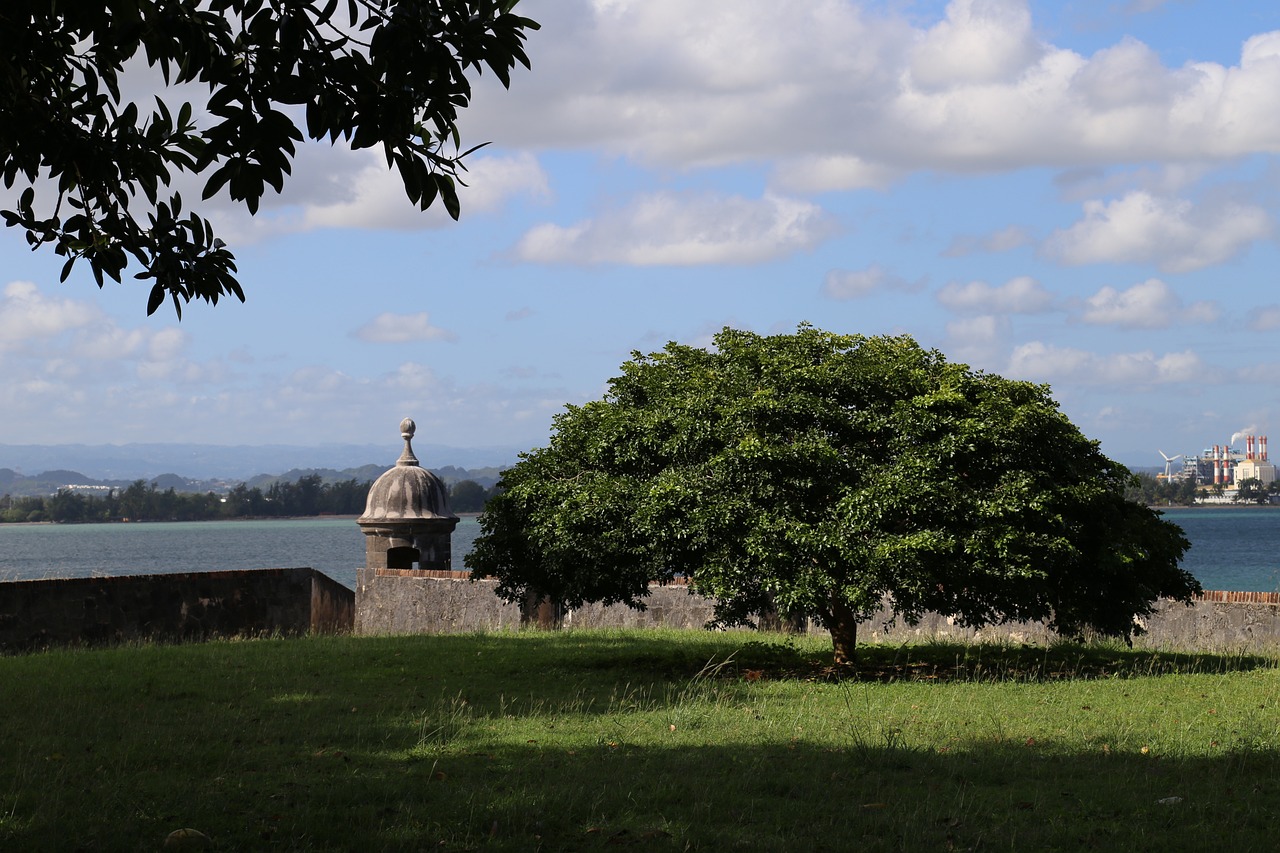
As a U.S. territory, Culebra offers the convenience of no passport requirements for American visitors, use of the U.S. dollar, and familiar legal and safety systems. However, the island maintains distinctly Caribbean character in its pace of life, cuisine, and cultural traditions.
Transportation to Culebra requires some planning, with access by small plane or ferry from mainland Puerto Rico. This slight inconvenience helps maintain the island’s peaceful atmosphere by discouraging day-trippers and casual visitors. Once on the island, golf carts and bicycles provide practical transportation options that complement the relaxed environment.
Anegada: Flat Island Paradise
Anegada stands apart from other British Virgin Islands in both geography and character. While its sister islands feature mountainous terrain and lush vegetation, Anegada rises only 28 feet above sea level and supports unique dry forest ecosystems. This 15-square-mile island offers exceptional beaches, world-class bonefishing, and the Caribbean’s largest barrier reef system.
The Horseshoe Reef surrounding Anegada stretches for 18 miles and creates some of the Caribbean’s best snorkeling and diving opportunities. The reef supports vibrant coral communities and diverse marine life, including large populations of lobsters that support the island’s primary industry. However, the same reef system that creates underwater paradise has claimed over 300 ships throughout history, making Anegada a destination for wreck diving enthusiasts.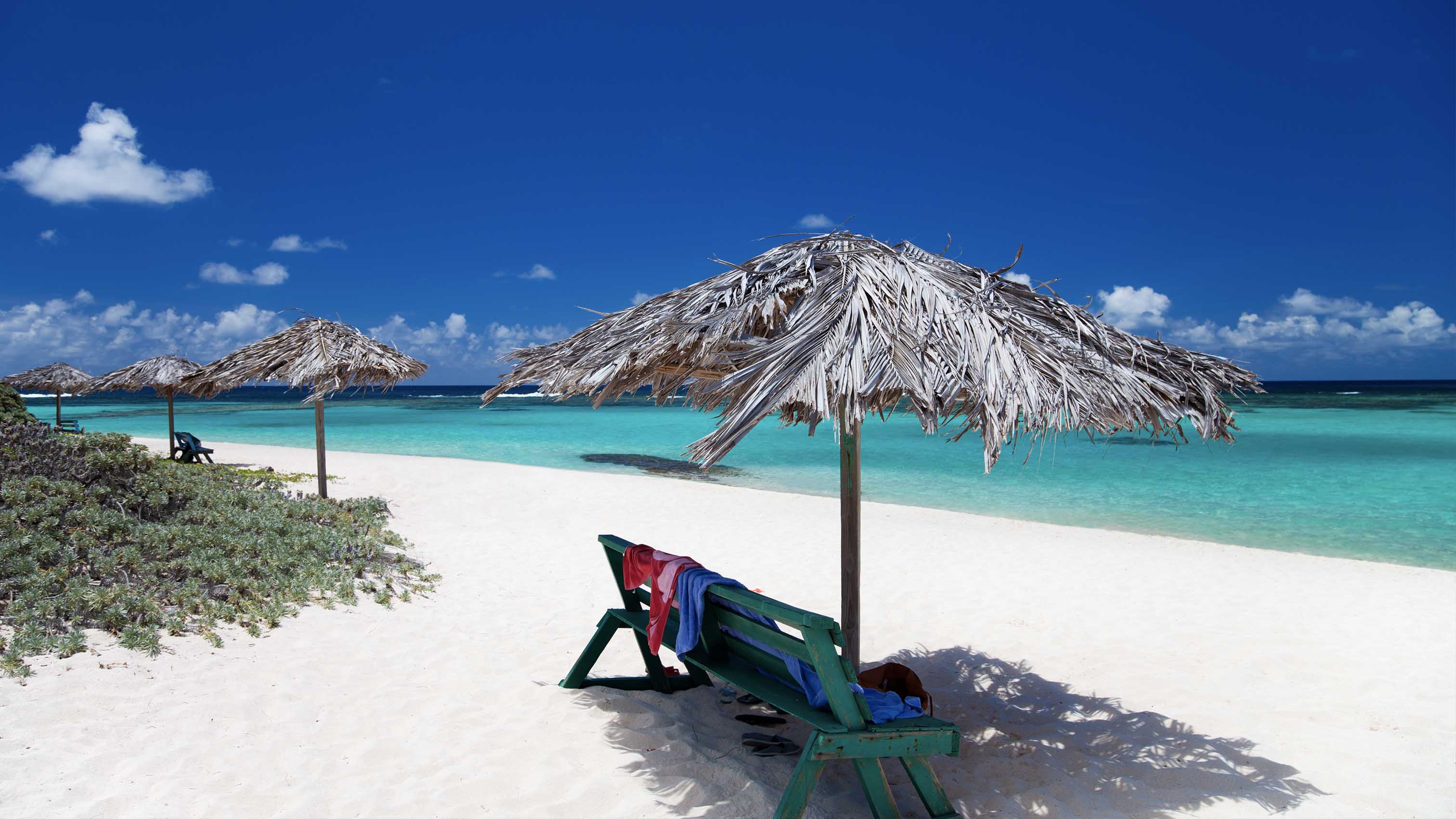
Anegada’s beaches stretch for miles with powdery white sand and crystal-clear water. Loblolly Bay offers beach bars and restaurants alongside pristine stretches of sand perfect for long walks and swimming. Cow Wreck Beach provides a more secluded experience with excellent snorkeling opportunities just offshore. The island’s beaches rarely see crowds, providing space for genuine relaxation and solitude.
The island’s flat terrain and extensive shallow flats create perfect conditions for bonefishing, attracting serious anglers from around the world. Local guides possess intimate knowledge of fish behavior and tide patterns, increasing chances of successful encounters with these elusive and challenging game fish. Tarpon and permit also inhabit local waters, providing additional opportunities for exciting fishing experiences.
Anegada’s unique ecosystem supports flora and fauna found nowhere else in the Virgin Islands. The endemic Anegada rock iguana, once nearly extinct, has recovered through conservation efforts and can be observed in its natural habitat. Flamingos visit the island’s salt ponds, creating spectacular photography opportunities against the backdrop of azure skies and water.
The island’s small population of about 300 residents maintains close-knit community traditions while welcoming visitors with genuine Caribbean hospitality. Local restaurants specialize in lobster dishes, often featuring lobsters caught the same day and prepared according to family recipes. The pace of life moves slowly, encouraging visitors to adopt the same relaxed approach to time and activities.
Planning Your Hidden Gem Adventure
Visiting these lesser-known Caribbean islands requires more planning than trips to major tourist destinations, but the rewards justify the extra effort. Transportation often involves connections through larger islands or specialized charter services. Accommodations may be limited, requiring advance reservations, especially during peak seasons.
Consider the following tips for successful hidden gem exploration:
Research Transportation Options: Many of these islands require connections through major hubs like Puerto Rico, Barbados, or St. Martin. Some destinations may require overnight stays during connections, which can be incorporated into your itinerary as bonus experiences.
Book Accommodations Early: Limited lodging options mean that the best properties fill up quickly, especially during peak seasons from December through April. However, visiting during shoulder seasons often provides better availability and lower prices while maintaining excellent weather conditions.
Pack Appropriately: Smaller islands may have limited shopping options for forgotten essentials. Pack reef-safe sunscreen, insect repellent, comfortable hiking shoes, and any specialized equipment for planned activities.
Embrace Local Culture: These islands offer opportunities for genuine cultural exchange. Learn basic greetings in local languages, show interest in local traditions, and support locally-owned businesses and restaurants.
Practice Sustainable Tourism: These fragile island ecosystems depend on responsible visitor behavior. Follow local guidelines for reef protection, wildlife observation, and waste disposal. Choose accommodations and tour operators that demonstrate commitment to environmental protection.
Allow Flexibility: Island time operates on a different schedule than mainland expectations. Flight delays, weather changes, and equipment issues are part of the adventure. Maintain flexible attitudes and backup plans for activities.
Conclusion: Discovering Authentic Caribbean Magic
The Caribbean’s hidden gems offer something increasingly precious in our connected world: authentic experiences, natural beauty, and genuine tranquility. These islands remind us why people fall in love with the Caribbean in the first place, before mass tourism changed the dynamics of travel in the region.
Each of these destinations offers unique attractions and experiences, from Saba’s world-class diving to Dominica’s pristine rainforests, from Bequia’s sailing culture to Carriacou’s traditional festivals. What they share is a commitment to maintaining their authentic character while welcoming visitors who appreciate their special qualities.
Choosing to visit these lesser-known islands benefits both travelers and local communities. Visitors gain access to experiences unavailable in more commercialized destinations, while local residents receive tourism income that supports their communities without overwhelming their infrastructure or culture.
The window for experiencing these islands in their current state may not remain open indefinitely. As travelers increasingly seek authentic experiences and escape from crowded destinations, these hidden gems may not remain hidden much longer. However, their commitment to sustainable development and cultural preservation suggests that they will continue to offer meaningful experiences for generations of future visitors.
Whether you’re seeking adventure, relaxation, cultural immersion, or natural beauty, the Caribbean’s hidden gems provide all of these elements in settings that feel genuinely special. They remind us that the best travel experiences often come from venturing beyond the obvious choices and embracing the unknown. In these lesser-known islands, you’ll discover not just beautiful destinations, but the kind of transformative travel experiences that create lasting memories and deep appreciation for the diversity and beauty of Caribbean culture and nature.


